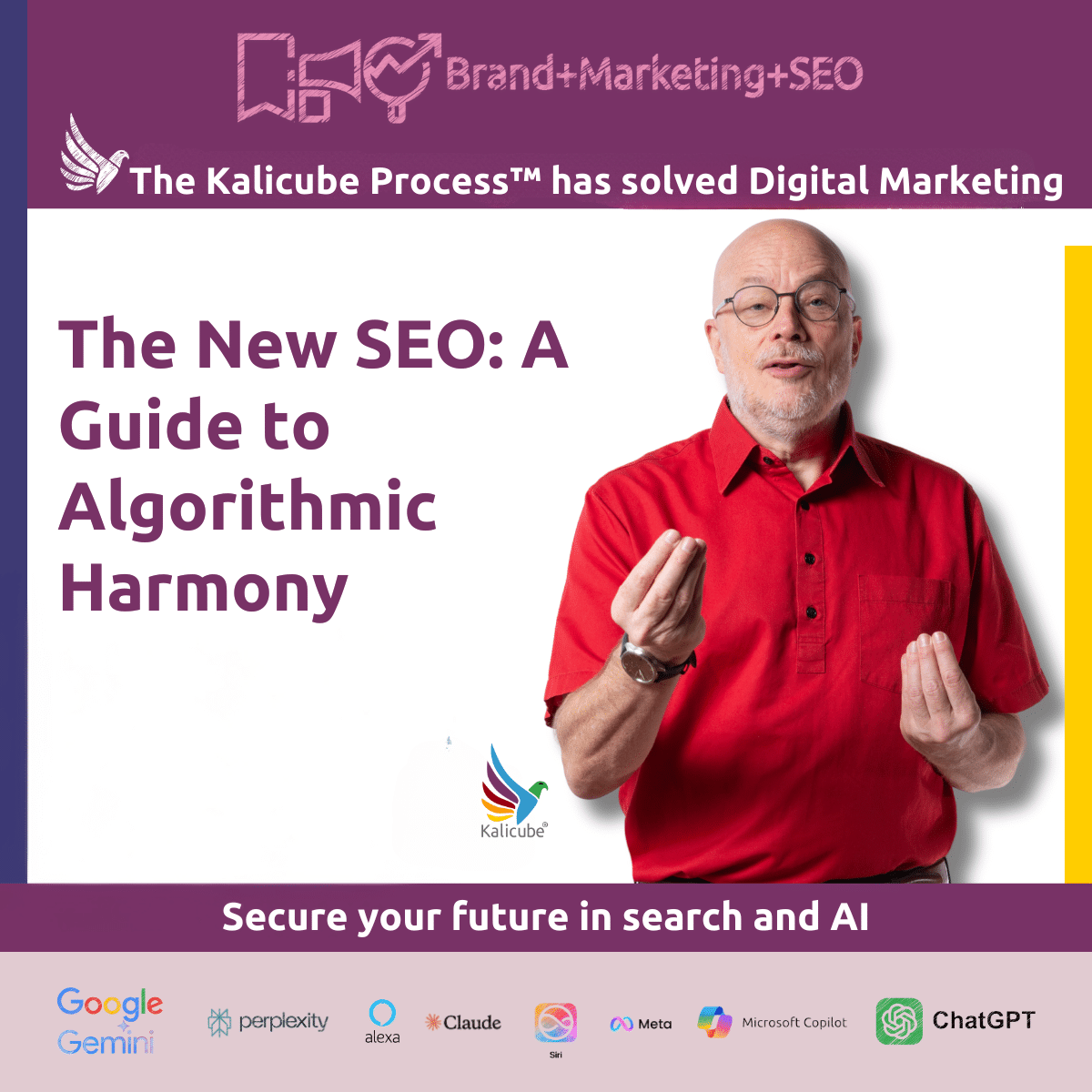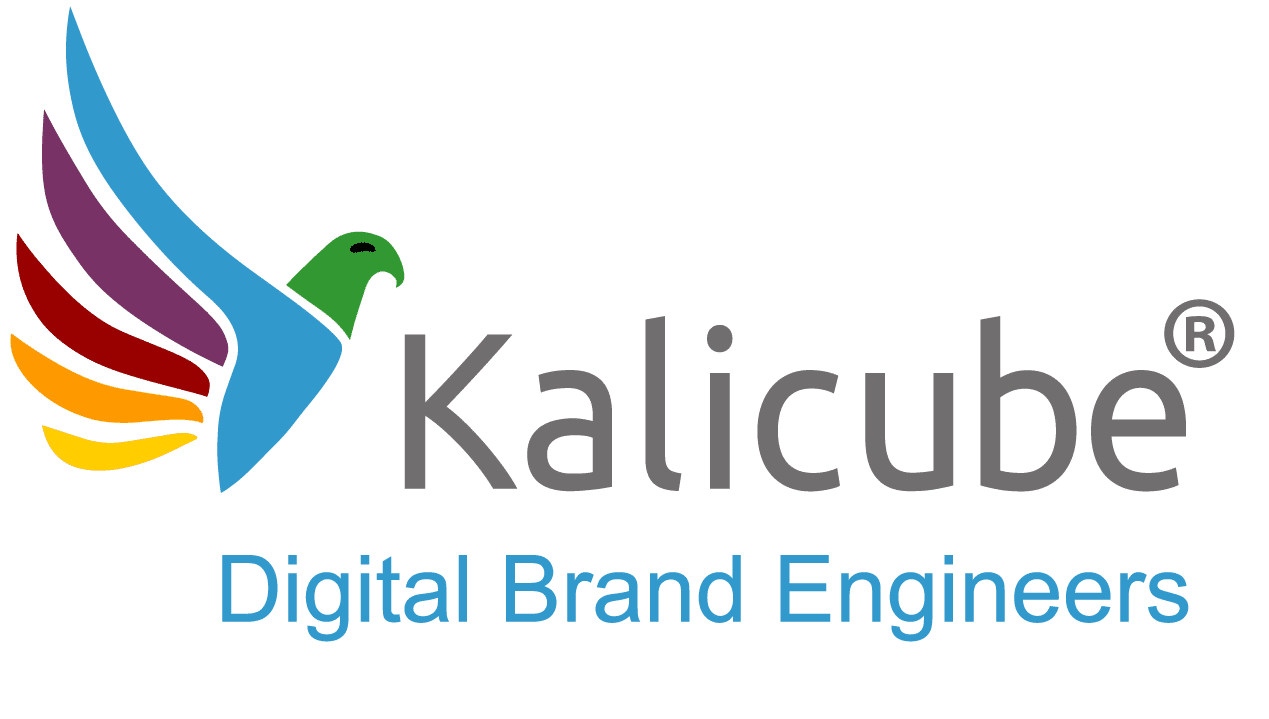The New SEO: A Guide to Algorithmic Harmony

For decades, Search Engine Optimization (SEO) was often treated as a game of cat and mouse - a tactical battle to figure out the algorithm’s rules and rank higher. In the modern era of AI, that mindset is obsolete. The goal is no longer to trick the machine but to educate it.
A successful digital strategy now requires a holistic approach built on three core principles: making your content friction-free for bots, “tasty” for algorithms, and organized for engines. Mastering this trifecta is how you build true Algorithmic Authority and ensure your brand is not just seen, but understood, trusted, and recommended.
Part 1: Friction-Free for Bots (The Technical Process)
Before an algorithm can value your content, its bots must be able to process it efficiently. Being “friction-free” is about mastering the technical pipeline that gets your information into the AI’s brain with minimal computational effort.
Your content must navigate the entire Discover, Select, Crawl, Render, and Index pipeline seamlessly. A failure at any stage - like content that isn’t selected even though it has been discovered (ie there isn’t enough pre-crawl confidence to visit the page) - means the information never enters the Web Index, making it invisible to the entire Algorithmic Trinity of Knowledge Graphs, LLMs, and Search Engines. To ensure a smooth journey, you must speak the Native Language of Algorithms by using structured data and clear content formatting so machines can easily break your page down into digestible passages through Chunking in Web Indexing.
Algorithmic Annotation: The Gateway to the AI’s Brain
This final step of the indexing process is the most critical because it is where your raw content is translated into structured knowledge for the Algorithmic Trinity. However, this is not a simple analysis of isolated text. The bot performs annotation within a rich contextual framework, evaluating each chunk based on its relationship to the page, its neighboring chunks, and the website as a whole.
The Five Key Components of Algorithmic Annotation
Algorithmic Annotation is the process where a bot analyzes a chunk of content and attaches structured labels that turn your raw text into knowledge for the Algorithmic Trinity. These annotations define the following:
- Entities : This component identifies all the real-world objects mentioned in the chunk, but it understands them with a clear hierarchy:
Focus Entity (Primary): This is the single, primary entity that a piece of content is about. It serves as the “semantic anchor” that the algorithm uses to understand the main purpose of the text.
Supporting Entities (Secondary): These are all other Named Entities mentioned in the chunk that provide context, establish relationships, or act as Cornerstone Entities to support and strengthen the interpretation of the Focus Entity. - Attributes : These are the factual details about an entity, such as a founding date, a CEO’s name, or a product price.
- Relationships: This is how an entity connects to other entities, expressed as a machine-readable fact like “[Person A] is the founder of [Company B]”.
- Sentiment : This is a qualitative annotation that identifies the positive, negative, or neutral tone of the content. This informs the algorithm’s perception of the brand’s credibility and reputation.
- Confidence Score: This is the most critical component. For every annotation it makes, the bot assigns an Algorithmic Annotation Confidence Score representing its certainty in the accuracy of that label. These annotations are the only information the AI systems use to understand and select your content. The “tastiness” of your content, which we’ll cover next, is entirely dependent on the accuracy, richness, and confidence of these labels.
Crucially, the confidence score assigned to these labels is heavily influenced by this wider context. The algorithm’s certainty increases when a chunk’s meaning is reinforced by the overall Semantic Segmentation of the page and the Site-Level Annotation Consistency of the entire domain. Therefore, the “tastiness” of your content, which we’ll cover next, is dependent not only on the clarity of individual chunks but on their coherence within a well-organized digital ecosystem.
Part 2: “Tasty” for Algorithms (The Qualities of Trust)
Once your content has been successfully annotated, the next challenge is to ensure those annotations are “tasty” - so credible and authoritative that the algorithm develops a high degree of Algorithmic Confidence in them. This is about building the trust that is the currency of the AI era.
An algorithm’s confidence is measured for each label it creates via the Algorithmic Annotation Confidence Score. A high score means the fact is trusted and will be used; a low score means it will be ignored. The primary method for building this confidence is by creating an Infinite Self-Confirming Loop of Corroboration, where multiple trusted sources consistently validate the facts you present.
This trust is also measured in the Knowledge Graph Confidence Score, which indicates how certain Google is about a fact stored in its “brain” and directly impacts your Knowledge Panel. Consistently providing reliable and well-structured information also cultivates Bot Magnetism, where crawlers are naturally attracted to your site as a helpful source. Ultimately, high confidence across the board leads to Algorithmic Authority - the state where AI systems recognize and trust your brand as a definitive source.
Part 3: Organised for Engines (The Entity-Centric Architecture)
Even the most trusted content is ineffective if it’s not organized into a coherent structure. The final pillar is about creating an entity-centric architecture, organizing your entire digital presence so that engines can understand the context, hierarchy, and relationships that define your expertise.
This discipline is known as Entity Optimization. The anchor of this organization is the Entity Home - the single, authoritative webpage that serves as the primary source of truth for your brand. From this central point, you build out a clear structure using the Hub Spoke Wheel Entity Optimization Framework. To demonstrate deep expertise, you use Digital Ecosystem Siloing to organize all your content into distinct, topic-focused clusters.
By creating these organized silos, you build Topical Authority, proving to algorithms that you are a comprehensive expert on specific subjects. This entire structure becomes your Digital Brand Knowledge Base, a semantically organized hub of content designed to be the primary curriculum for any AI engine looking to learn about you and your niche.
Kalicube’s Unified Strategy for Algorithmic Harmony
The Kalicube Process sets the strategic direction. Kalicube Pro provides the data to create a precise action plan. And KaliTech™ provides the automated technology to execute the deep, technical work flawlessly. Together, they form a complete, three-layered solution that covers every aspect of educating algorithms.
The Kalicube Process™: The Overarching Strategy (The “Why”)
The Kalicube Process is the proprietary methodology that provides the strategic “why” and “what.” It’s the human-led, brand-first framework that sets the goals.
- Organised for Engines: This is the primary focus of the Understandability phase, where the strategy dictates the need for an Entity Home and a coherent Digital Brand Ecosystem.
- “Tasty” for Algorithms: This is the focus of the Credibility phase. The strategy is to build Algorithmic Authority and trust by creating an Infinite Self-Confirming Loop of Corroboration.
- Friction-Free for Bots: This is addressed in the Deliverability phase, which ensures the brand’s message is present in the right format wherever its audience is looking.
The Process is the blueprint, but it requires a specialized toolkit to execute the technical details flawlessly.
Kalicube Pro: The Data Intelligence Engine (The “What to Do”)
Kalicube Pro is the proprietary SaaS platform that informs the strategy. It analyzes billions of data points to identify what specifically needs to be done.
- It audits the brand’s digital footprint to find inconsistencies that need organizing.
- It tracks the Knowledge Graph Confidence Score to measure how “tasty” the brand is.
- It identifies technical issues that create friction for bots.
Kalicube Pro provides the data-driven intelligence that turns the broad strategy of The Kalicube Process into a precise, actionable plan.
KaliTech: The Technical Execution Layer (The “How to Do It”)
KaliTech is the proprietary technology stack that executes the technical aspects of making content friction-free and tasty.
- KaliNexus™, its web-facing component, is specifically designed to make content friction-free and tasty at a code level.
- It automatically formats your content in the Native Language of Algorithms, using the optimal structured data and semantic HTML to reduce “computational load” for bots.
- This ensures your content is not just indexed, but processed with high Algorithmic Annotation Confidence Scores, making it exceptionally “tasty” for the Algorithmic Trinity.



